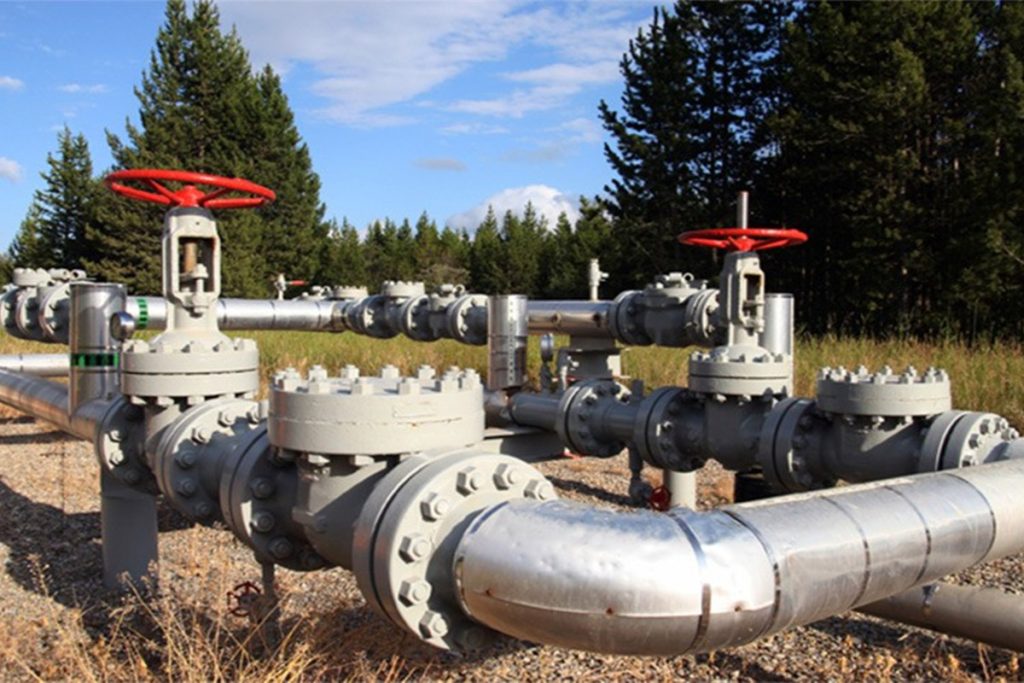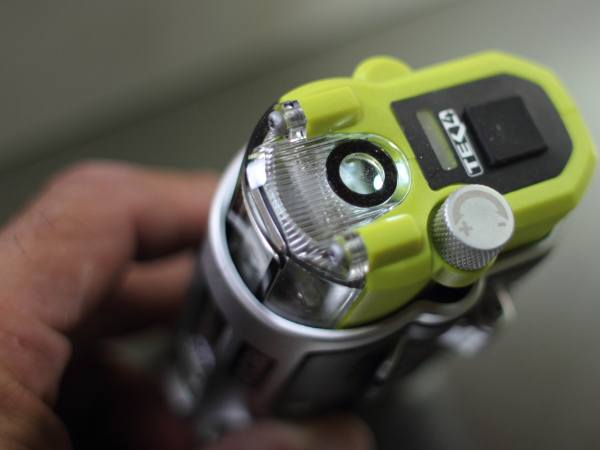Bearings are essential components in machinery that reduce friction between moving parts, allowing for smooth and efficient operation. These mechanical devices are widely used in various industries, from automotive to construction. Understanding the different types of bearings and their applications can help in selecting the right one for your specific needs. Additionally, proper maintenance ensures longevity and optimal performance. This article delves into the basics of bearings, their types, uses, and how geosynthetics play a role in related applications.
What are the main types of bearings?
Bearings come in various types, each designed to handle specific loads and applications. The main types include:
- Ball Bearings: These are the most common type, designed to handle both radial and axial loads. They are found in applications like electric motors and gearboxes.
- Roller Bearings: These are designed to carry heavy radial loads. Variants include cylindrical, spherical, and tapered roller bearings, used in applications like conveyor belt rollers and large machinery.
- Thrust Bearings: These are specialized bearings designed to handle axial loads. They are often used in automotive and aerospace applications where high thrust forces are present.
- Needle Bearings: These are a type of roller bearing with small cylindrical rollers. They are ideal for applications with limited space and heavy load requirements, such as in automotive transmissions.

How do you choose the right bearing for your application?
Choosing the right bearing depends on several factors:
- Load Type: Determine if the load is radial, axial, or a combination of both. This will narrow down the type of bearing needed.
- Speed: Consider the operating speed of the application. Higher speeds often require bearings with lower friction, such as ball bearings.
- Environment: The operating environment plays a crucial role. For example, bearings in dusty or wet environments may need special seals or materials to prevent damage.
- Space Constraints: The size of the bearing should match the available space in the machinery. Needle bearings, for example, are great for compact spaces.
By carefully evaluating these factors, you can select a bearing that will offer the best performance and longevity for your application.
What are common maintenance practices for bearings?
Proper maintenance of bearings is essential to ensure their longevity and performance. Common maintenance practices include:
- Regular Lubrication: Bearings require lubrication to reduce friction and wear. Ensure that the correct type and amount of lubricant is applied at regular intervals.
- Inspection: Regularly inspect bearings for signs of wear, corrosion, or damage. Early detection of issues can prevent costly breakdowns.
- Cleaning: Keep bearings and their housings clean to prevent contamination. Dirt and debris can cause premature wear and failure.
- Proper Installation: Ensure that bearings are installed correctly using the right tools and techniques. Misalignment or improper installation can lead to bearing failure.
How do geosynthetics relate to bearing applications?
Geosynthetics, which include materials like geotextiles, geomembranes, and geogrids, play a crucial role in civil engineering projects that involve bearing applications. For instance:
- Load Distribution: In construction projects, geosynthetics can be used to distribute loads evenly, reducing the stress on underlying soils. This is particularly important in applications like road construction, where bearings are used in heavy machinery.
- Erosion Control: Geosynthetics can protect bearing structures from erosion by stabilizing the soil around them. This ensures that the bearing remains secure and functional over time.
- Separation and Reinforcement: Geosynthetics can also be used to separate different soil layers and reinforce weak soils, providing a stable foundation for structures that rely on bearings.
Incorporating geosynthetics in bearing-related projects can enhance the performance and longevity of both the bearings and the overall structure.
Bearings are vital components in machinery, offering reduced friction and smooth operation across various applications. By understanding the different types of bearings and selecting the right one based on load, speed, and environmental factors, you can optimize performance. Regular maintenance, including lubrication and inspection, ensures longevity. Additionally, the use of geosynthetics in construction and bearing-related applications can provide added benefits like load distribution and erosion control, further enhancing the durability and effectiveness of the overall system.
